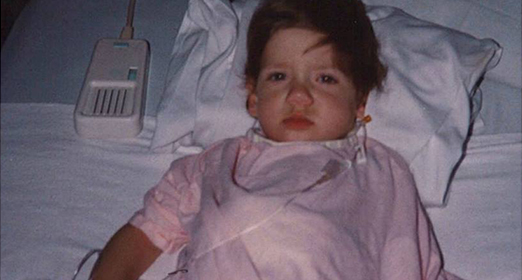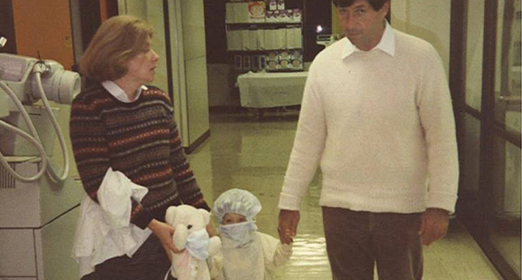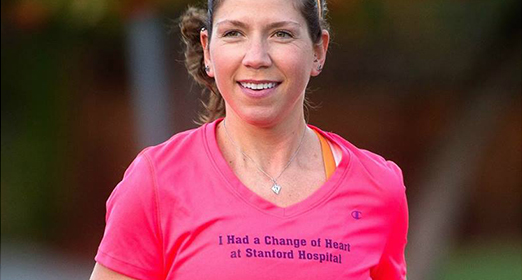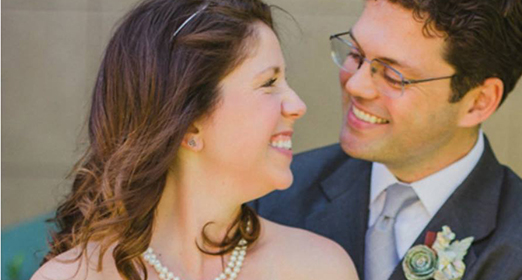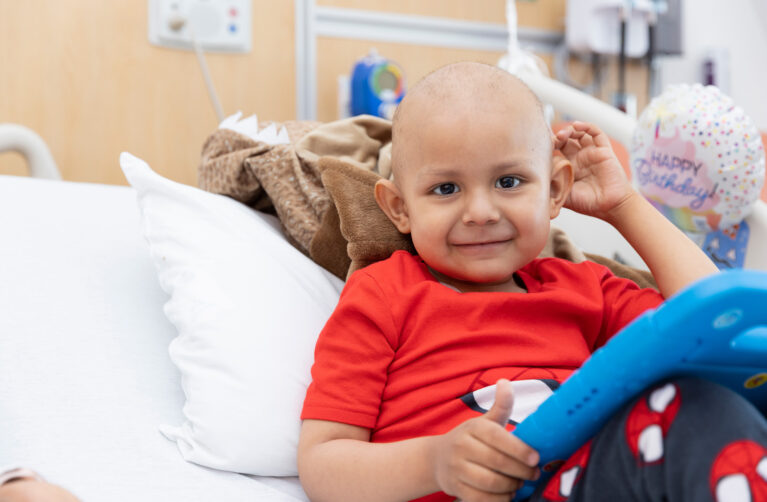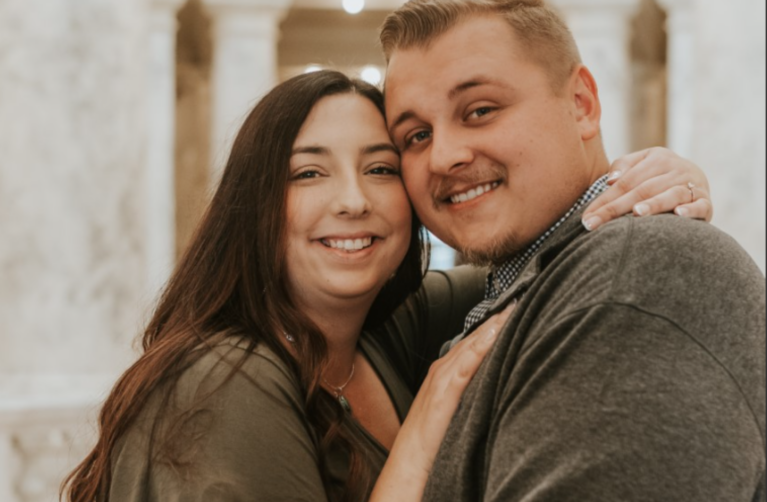Wednesday, Oct. 8, represents a milestone in the history of pediatric heart transplantation. That’s because Lizzy Craze, 32, hasn’t needed replacement of the donor heart during the 30 years it’s been beating in her chest. She is the only heart transplant recipient in America, and likely the world, to survive 30 years with the same donor heart she received as a toddler.
“In 1984, I was only expected to survive with my new heart for five to 10 years,” said Lizzy, whose family lost three children to familial dilated cardiomyopathy and whose surviving older brother also had a heart transplant.
1984 was a landmark year for pediatric heart transplantation. Though transplants had been performed in older children, that year marked the first series of small-child (under the age of 5) heart transplants at a handful of transplant centers, such as Stanford and Columbia. It was groundbreaking territory.
“No one was sure back then if a donor heart would even grow if you put it in such a young child,” said cardiologist Daniel Bernstein, MD, who guided Lizzy’s care throughout childhood at Lucile Packard Children’s Hospital Stanford and the Heart Transplant program.
The surgery, which some considered experimental, came at a dramatic moment. Lizzy was a few months shy of her third birthday when her heart was failing fast. A transplant was her only option.
She could not have been in better hands. The trailblazing surgery was led by the late Norman Shumway, MD, the father of American heart transplantation, who performed the first successful adult heart transplant in the United States in 1968 at Stanford. On Shumway’s team was Philip Oyer, MD, who is still active as a professor of cardiothoracic surgery at the Stanford University School of Medicine.
Lizzy was the youngest successful heart transplant recipient in America at the time of her transplant.
But many doctors assumed her new heart would need replacing at some point. Transplanted hearts can fail due to organ rejection or other complications; the other small children who received donor hearts in 1984 either died or eventually required another heart transplant.
Bernstein said he and his team “had to do a lot of never-done-before tricks to manage Lizzy’s transplant. We even borrowed some techniques the kidney transplant doctors used. For example, we treated Lizzy every other day with steroids so she would grow. We also used the immunosuppressant cyclosporine, which had just been introduced. Later, as we learned more, we discovered that if you get past 10 years, your chance of living a long time with your originally transplanted heart increases. The body’s immune system adapts to the new heart better.” (Lizzy needed a kidney transplant as a teenager due to the side effects of anti-rejection medicines.)
It hasn’t hurt that Lizzy has been a model patient. “I know the importance of taking my medications and being physically active,” she said. True that – her boyfriend and now husband, Jeff, proposed while they were backpacking in Yosemite last year, and on Oct. 5 she completed the Rock’n’Roll Half-Marathon in San Jose.
“Her story is truly inspiring,” said Mary Burge, LCSW, a social worker at Stanford since 1980. Burge was there to help support parents Susan and Charles Craze when Lizzy had her transplant, and also in 1983 when Lizzy’s 16-year-old brother had his heart transplant. Burge still works with patients at Lucile Packard Children’s Hospital. “When meeting new families who are devastated to learn their child will die without a transplant, they’re encouraged by the positive way Lizzy lives her life. And when I share photos of Lizzy, they see that’s she’s not shy about showing her scar. The pride and joy with which Lizzy lives her life provides tremendous hope for others.”
But living 30 years with the originally transplanted heart? No one could have predicted the milestone. “I think this case is a monument to what we still don’t understand in the field of biology,” said Bernstein.
Through it all, Lizzy and her family have never forgotten the power of organ donation. “We are always mindful that, during a time of unbelievable grief, the family of a stranger gave me the gift of life,” said Lizzy. “We are forever thankful.”
This article first appeared in the Healthier, Happy Lives Blog on stanfordchildrens.org.
